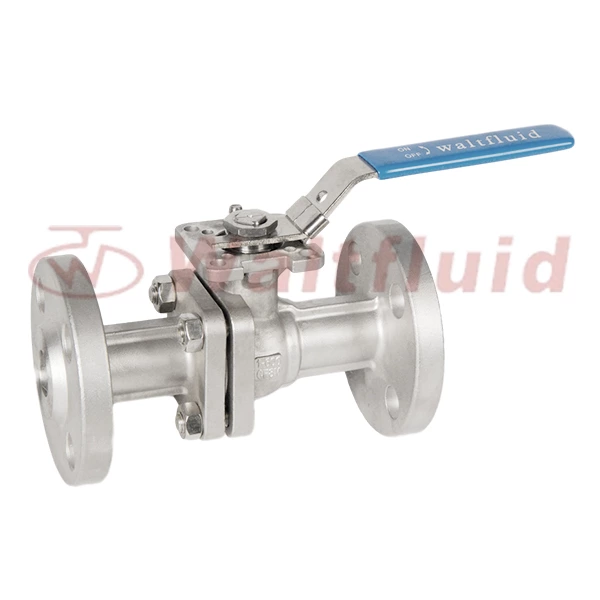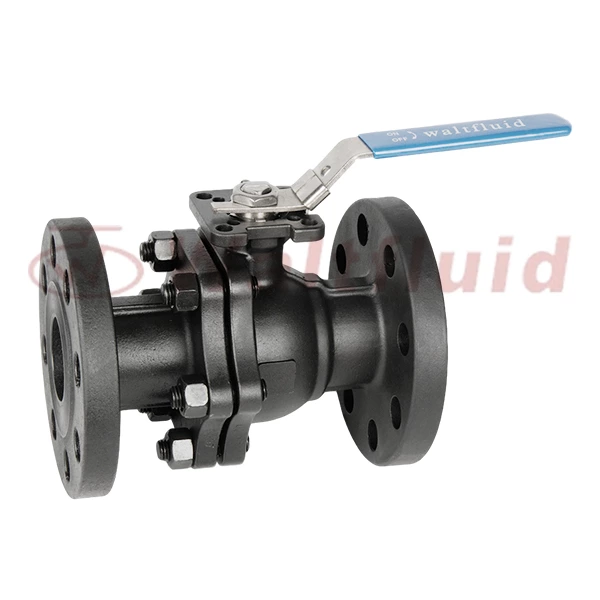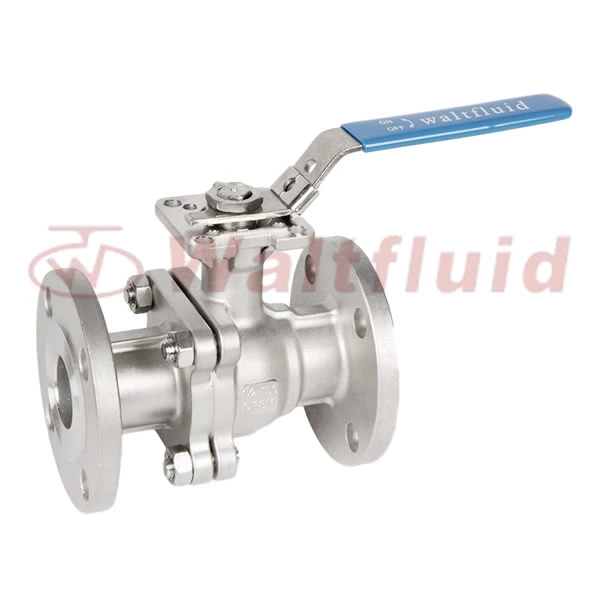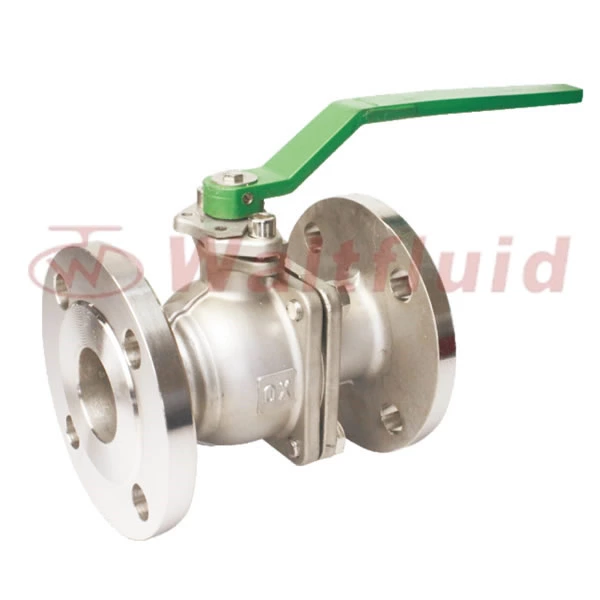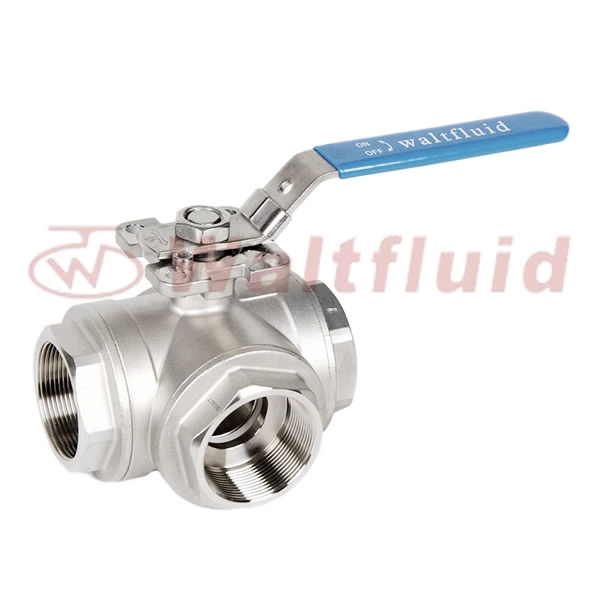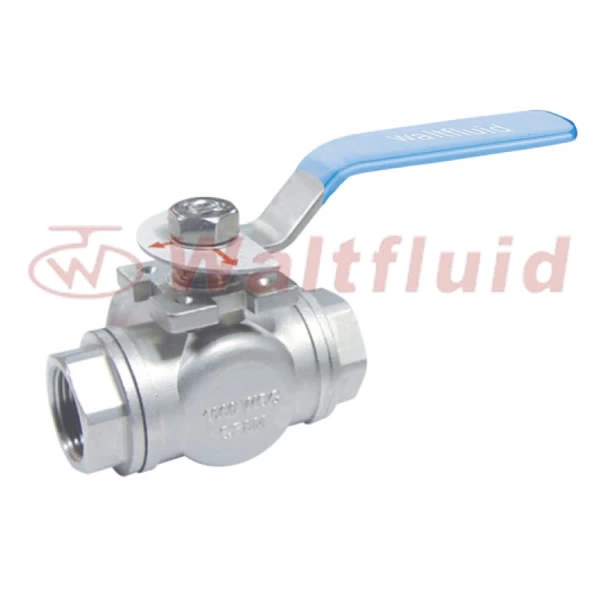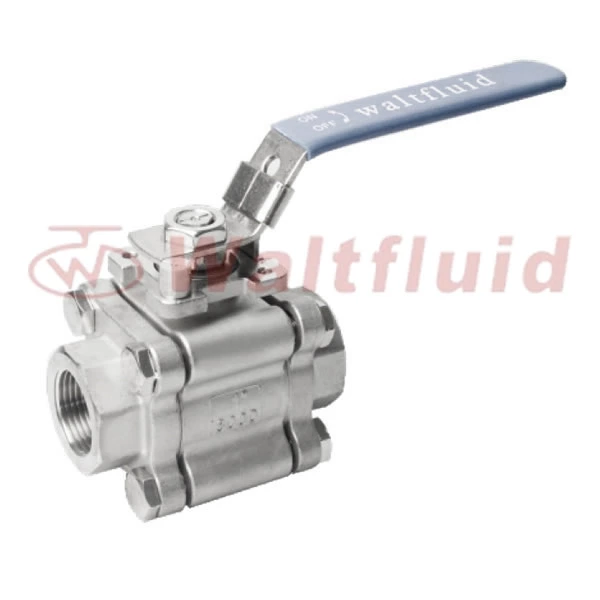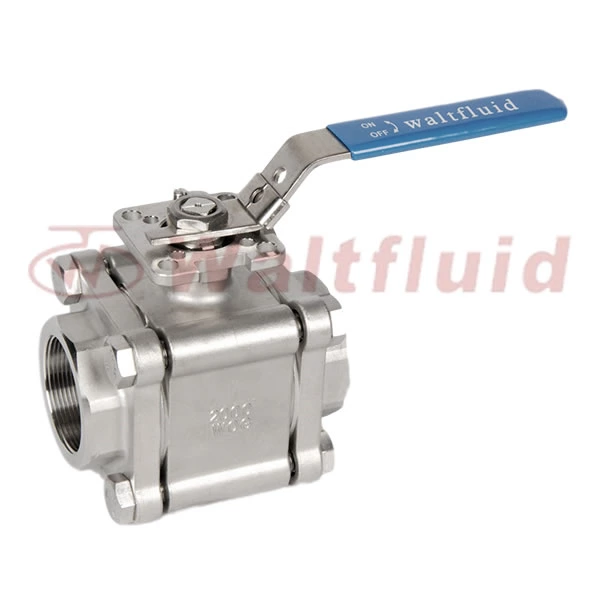Description And Analysis Of Manual Ball Valve
3 Piece Ball Valve, three-piece ball valve and gate valve are valves of the same type, the difference is that its closing piece is a sphere, and the sphere rotates around the center line of the valve body to achieve a valve that is opened and closed. Ball valves are mainly used in pipelines to cut off, distribute and change the flow direction of the medium. Three-piece ball valve is a new type of valve that has been widely used in recent years. This type of valve should generally be installed horizontally in the pipeline.
The manual ball valve can automatically release the pressure when the working pressure in the oil tank exceeds or is abnormal to ensure safety. If the raw material is operated in an open tank, these two watch tools do not need to be installed. The upper end of the functional pipeline interface should be equipped with water injection, pure water inlet, pure steam, cleaning liquid inlet, compressed air, inertial air intake, vacuum port, etc., and equipped with 1×2 spare ports, and all external connections should be connected by card-type quick loading. The interface should be equipped with water injection, pure water inlet, pure steam, clean liquid inlet, compressed air, inertial gas inlet, vacuum port, etc., and there should be 1 to 2 spare ports. All external connections should be connected by card-type quick loading. The design and configuration of sanitary pipes in freeze drying batching system, what kind of standard pipes are required to be installed after freeze drying batches, is often overlooked by many users. The use of general pipe fittings and system loops connected by manual welding are still used in many pharmaceutical companies. This system will cause liquid accumulation and is difficult to clean, and residual liquid will be left in the pipeline system after use, causing pollution to the next batch of materials. Sanitary pipe fittings should adopt excellent batching system, and the pipeline system should be connected by automatic welding. After installation, a stable protective film (layer) is formed by pickling and passivation, which is convenient for on-site cleaning and on-site disinfection, thereby ensuring that the liquid is not contaminated during transportation. After transportation, it is easy to clean and disinfect.
The manual ball valve seat has good sealing performance. The sealing ring of the ball valve is mostly made of elastic materials such as polytetrafluoroethylene. The soft sealing structure is easy to ensure sealing, and the sealing force of the ball valve increases with the increase of medium pressure. The valve stem seal is reliable. When the ball valve is opened and closed, the valve stem only rotates, not up and down. The valve stem packing seal is not easy to be damaged, and the sealing force of the valve stem reverse seal increases with the increase of medium pressure. Since materials such as polytetrafluoroethylene have good self-lubricating properties, the friction damage with the ball valve ball is small, and the ball valve has a long service life. The utility model can be configured with pneumatic, electric, hydraulic and other driving mechanisms to achieve remote control and automatic operation. The ball valve channel is smooth and can transport viscous fluids, slurries and solid particles.
The unloading bottom valve can be equipped with an oil tank discharge, and the discharge port can be opened at the bottom of the tank, and a or diaphragm valve can be installed to complete the discharge. However, there are defects in the welding of the last two valves at the bottom of the tank, and there is a small liquid accumulation point that cannot be solved. In recent years, the diaphragm valve bottom valve is often used to directly weld at the bottom of the tank to form an inclined angle, discharge all the solutions in the tank, overcome the problem of liquid accumulation points, and at the same time, all the materials in the batching tank can be discharged. The configuration of the detection and control elements often has a detection hole in the lower half of the batching box to facilitate the installation of probes connected to temperature, pressure, liquid level and other sensors to detect items such as pH value, temperature, concentration, conductivity, etc. of the material in the filling body. According to the process requirements, on-site continuous detection can be selected, and the sampling valve can also be used for intermittent determination. Configure a pressure gauge and a safety valve to display the pressure in the batching box, and install a sanitary diaphragm pressure gauge (or vacuum gauge) on top
The manual ball valve is a valve that came out in the 1950s. In half a century, the ball valve has developed into a major valve type. The ball valve is mainly used to cut off or connect the medium, and can also be used for fluid regulation and control. The V-type ball valve can regulate and control the flow more accurately, while the three-way ball valve is used to distribute the medium and change the flow direction of the medium. The manual ball valve is mainly named according to the driving method of the ball valve, which is to turn the handwheel or handle.
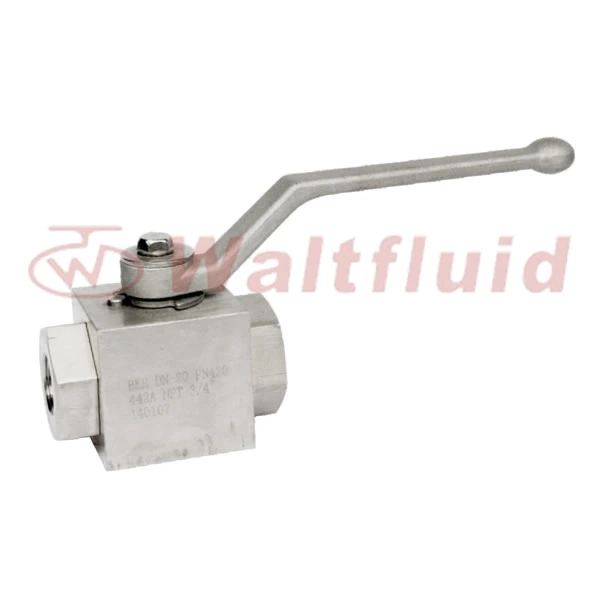
 English
English 中文
中文 Pусский
Pусский  Español
Español
